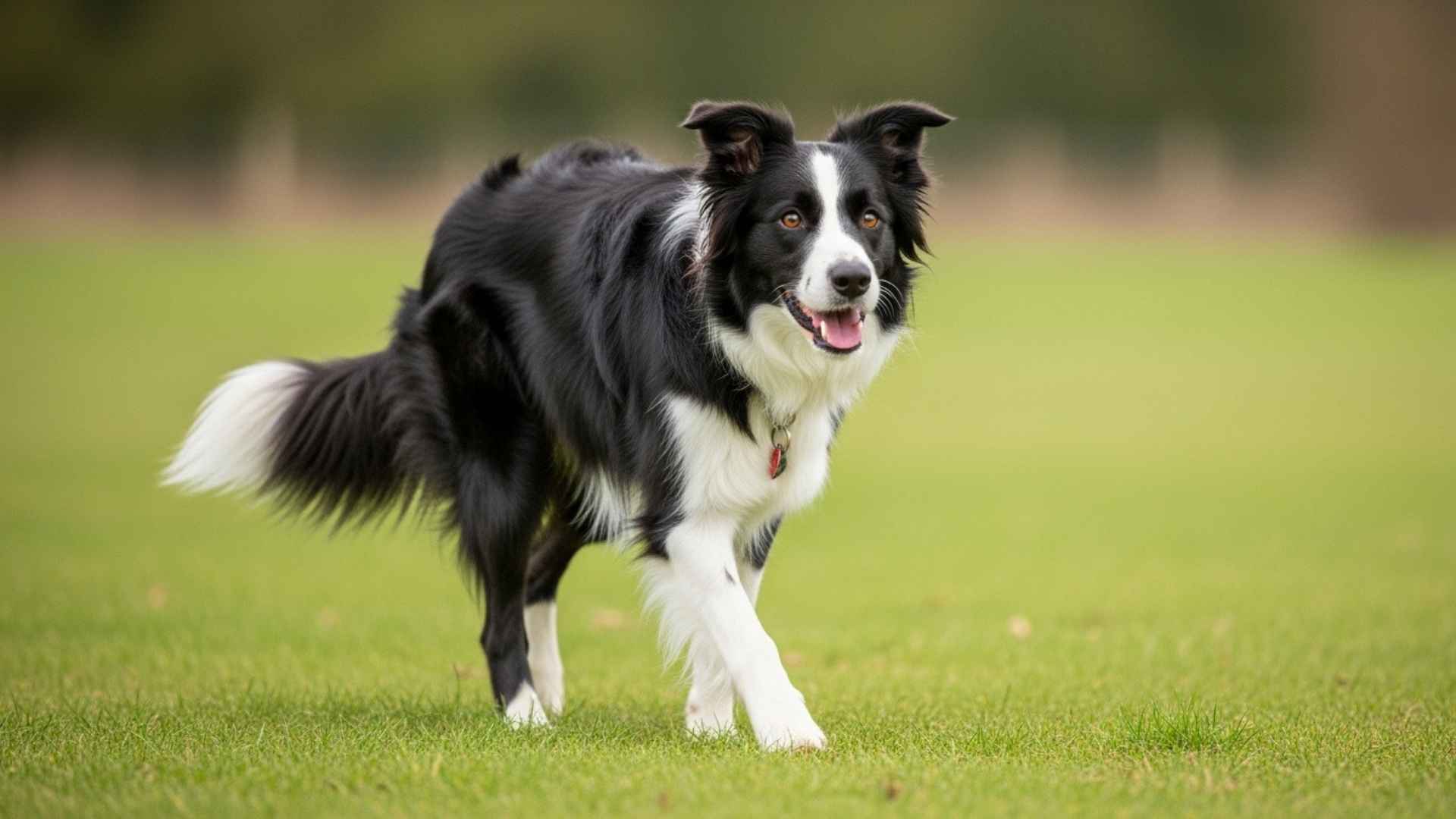Bringing a dog into your life is one of the most rewarding decisions you can make—but it’s also one that comes with responsibilities that shouldn’t be overlooked. Dogs aren’t just pets; they’re active companions with unique needs that can either mesh beautifully with your lifestyle or clash completely.
According to the American Veterinary Medical Association, nearly 45.5% of U.S. households share their homes with at least one dog, which shows just how important it is to choose wisely.
If long walks, frequent exercise sessions, or outdoor adventures aren’t your thing, some breeds can quickly become overwhelming. They may have endless energy, strong working instincts, or simply require more activity than the average owner can provide. The result? A frustrated pup and an exhausted owner.
The good news is that there are plenty of dog breeds out there that won’t demand a personal trainer’s schedule. This guide will help you steer clear of the ones that might wear you out if walking isn’t your favorite pastime—so you can find the perfect companion who matches your lifestyle instead of complicating it.
Key Takeaways
Discover the 7 dog breeds that can turn daily walks into a workout session, and why they might not be the best fit if you prefer a calmer lifestyle.
Learn how certain breeds’ herding instincts, prey drives, and endless energy can make them overwhelming for families, first-time owners, or anyone not ready for constant activity.
Find out which breeds are prone to destructive behavior, stubborn training challenges, or health concerns if their exercise needs aren’t met.
Learn key traits about each breed so you can make a smarter choice that fits your lifestyle.
Dog Breeds To Avoid If You Don’t Like Walking Them
1. Border Collie
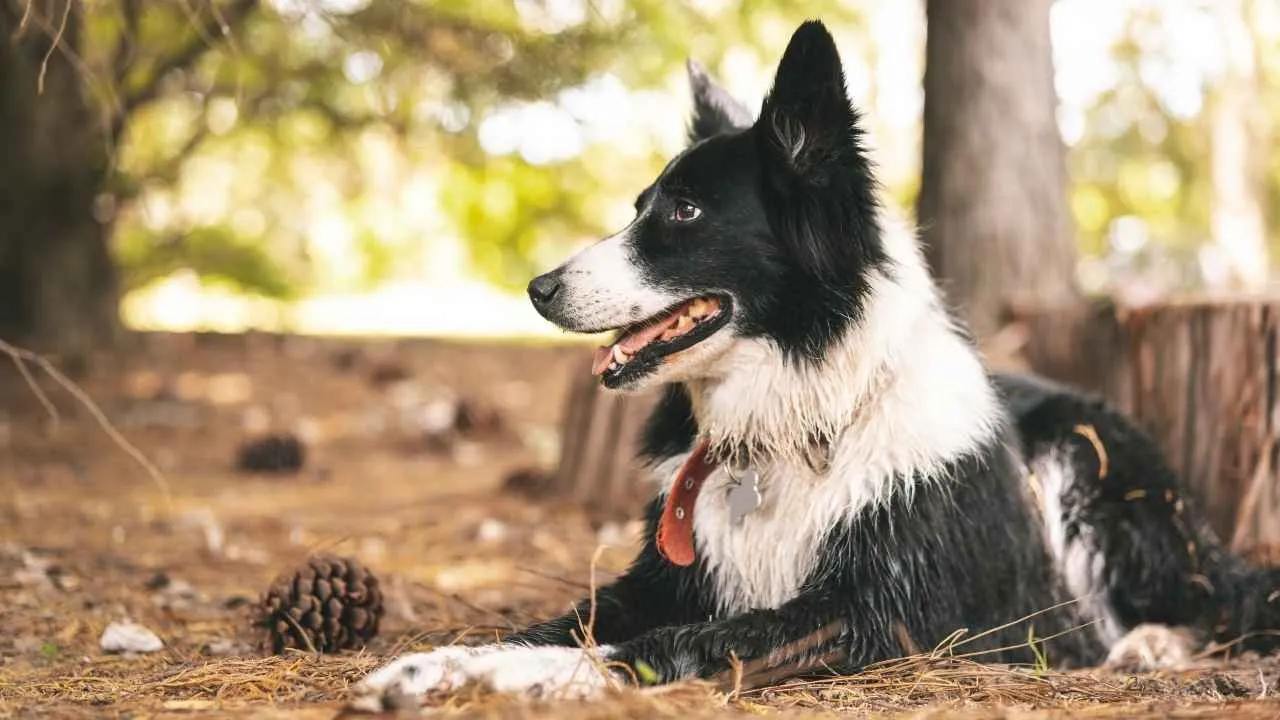
The Border Collie is often called the smartest dog breed. Originally bred in the United Kingdom to herd livestock, they are hardworking, athletic, and highly focused.
They bond closely with family but can be reserved around strangers. WebMD mentions that their intense gaze, known as the “herding eye,” is one of their most famous traits.
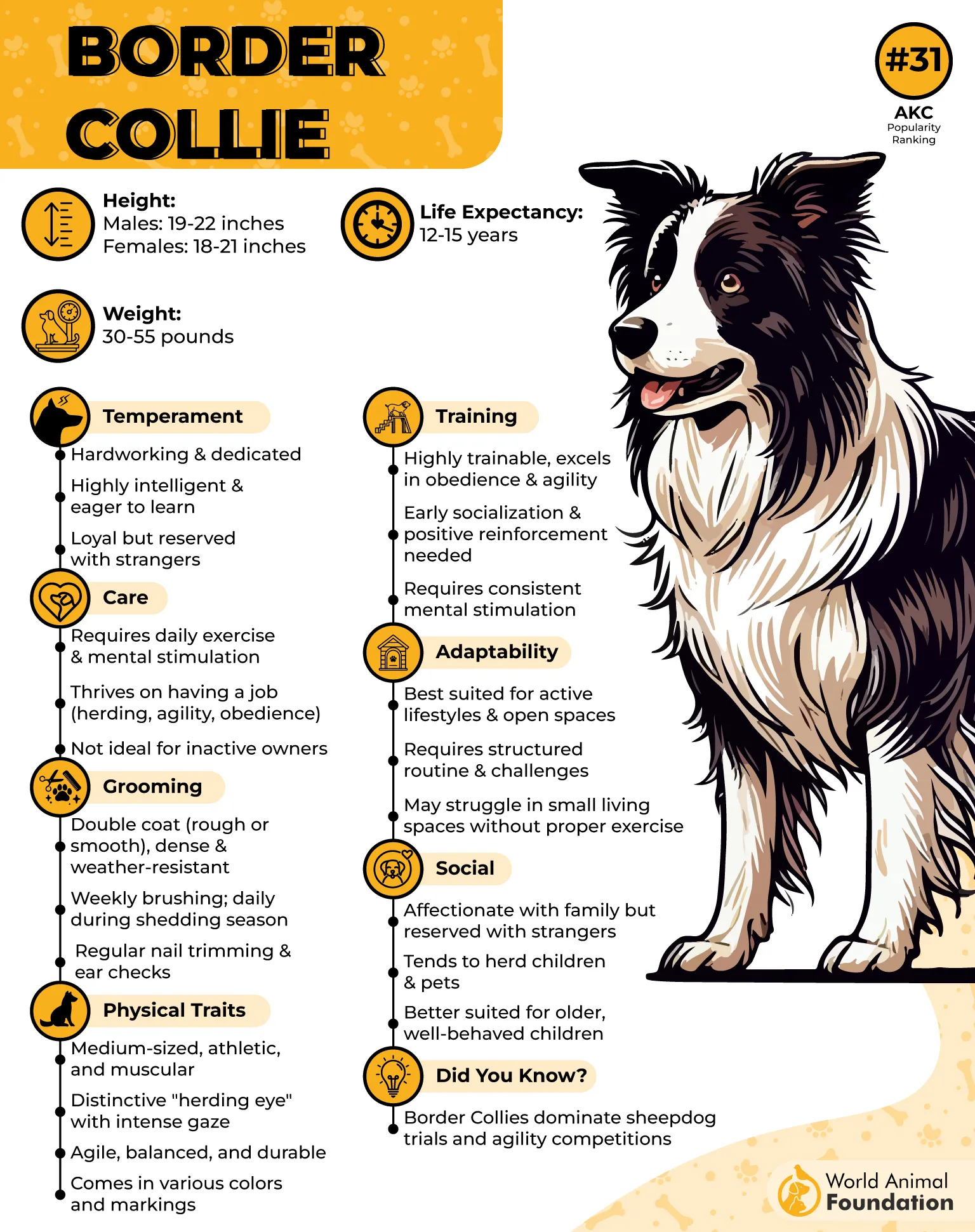
Energy That Never Runs Out
These energetic dogs have endless energy and need far more than a quick walk. They require 1½ to 2 hours of exercise daily, plus activities that challenge their minds.
Without this, they may bark, dig, chew, or even break house training. Their herding instincts are very strong, often leading them to nip or chase anything that moves.
Walking Challenges for Owners
Border Collies are not easy walking companions. Their instincts make them pull on the leash and get distracted by moving objects.
A simple stroll is never enough, and they can grow restless without consistent activity. Socialization and proper training help, but they still demand more time and patience than most owners can give.
Key Traits:
Extremely intelligent and quick learners
Need heavy exercise and mental stimulation
Can be destructive if bored
Herding instincts may cause chasing and nipping
2. Siberian Husky
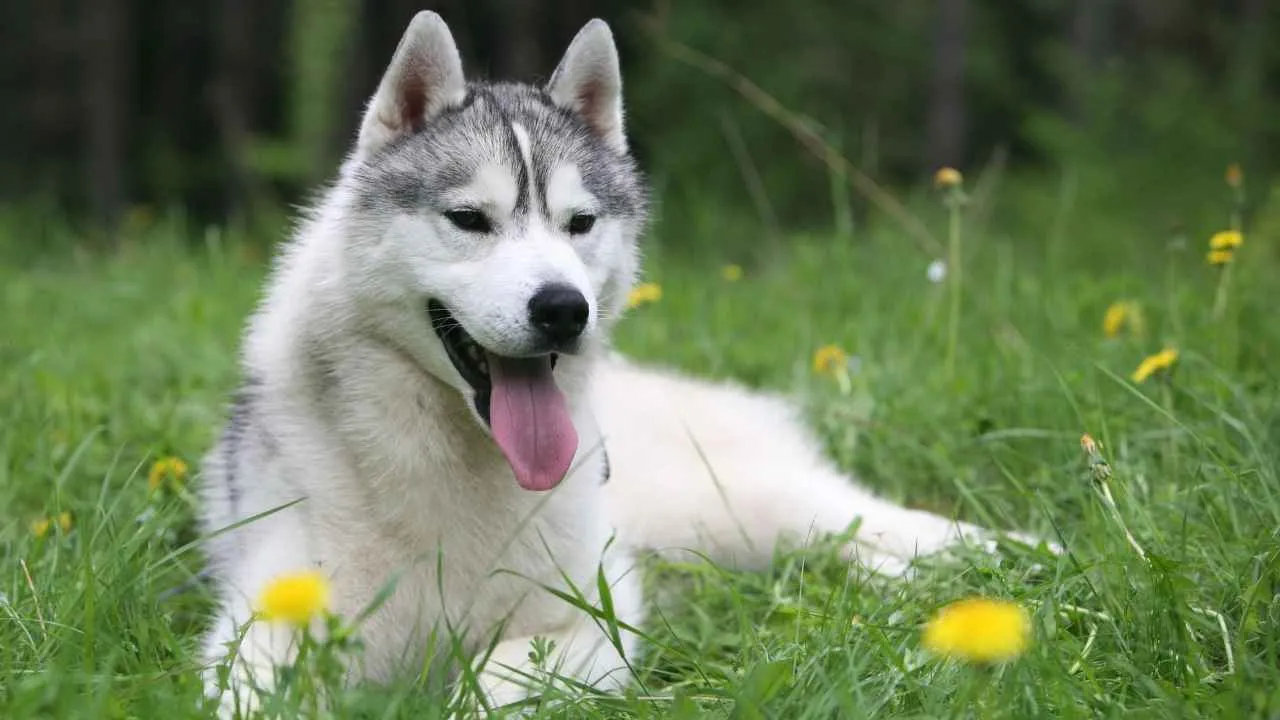
The Siberian Husky is one of the most popular dog breeds thanks to its striking looks and wolf-like appearance. Bred as sled dogs, they are natural athletes built for endurance and stamina.
These large dogs are known for their beauty, strength, and independence, but they are not the best choice for inexperienced owners.
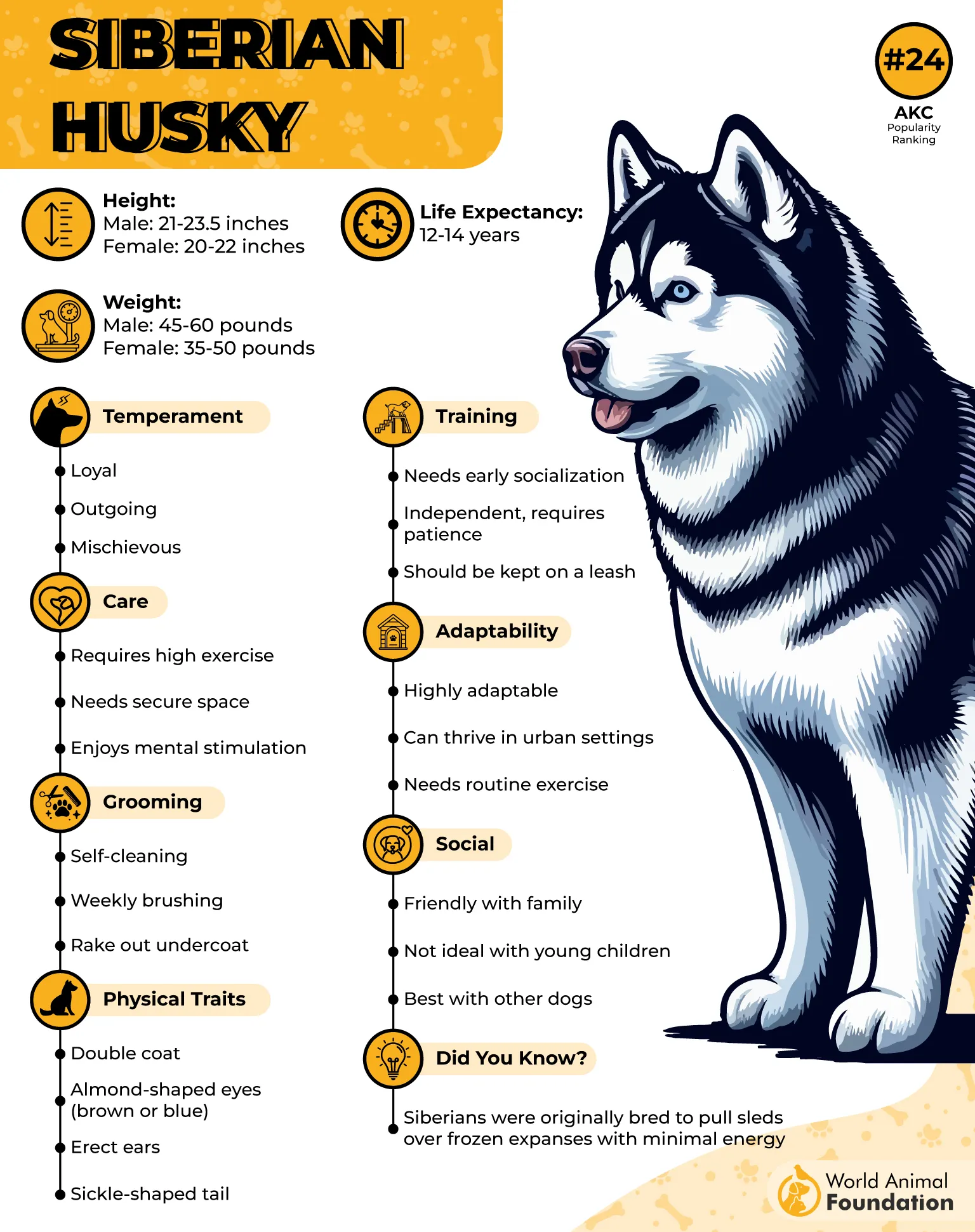
Endless Energy and Strong Instincts
Huskies need a huge amount of exercise every day. A simple walk is never enough since they were bred to pull sleds for miles in freezing conditions.
Without long runs or active play, they often exhibit destructive, noisy, and aggressive behavior. Their strong prey drive makes them unsafe around small animals, and they are also known escape artists who will find a way out of almost any yard.
Challenges for Families
This breed is stubborn and tough to train, with a poor recall that makes off-leash time dangerous. They can also play roughly and may unintentionally hurt small children. Loud noises or fast movements can trigger their natural instincts.
On top of this, their thick double coat means heavy shedding and regular grooming. While stunning and full of personality, Huskies demand far more time and effort than most families can provide. They are the right breed for patient owners.
Key Traits:
Very high energy and endurance
Strong prey drive and escape tendencies
Independent and stubborn, tough to train
Heavy shedding and high grooming needs
3. Australian Shepherd
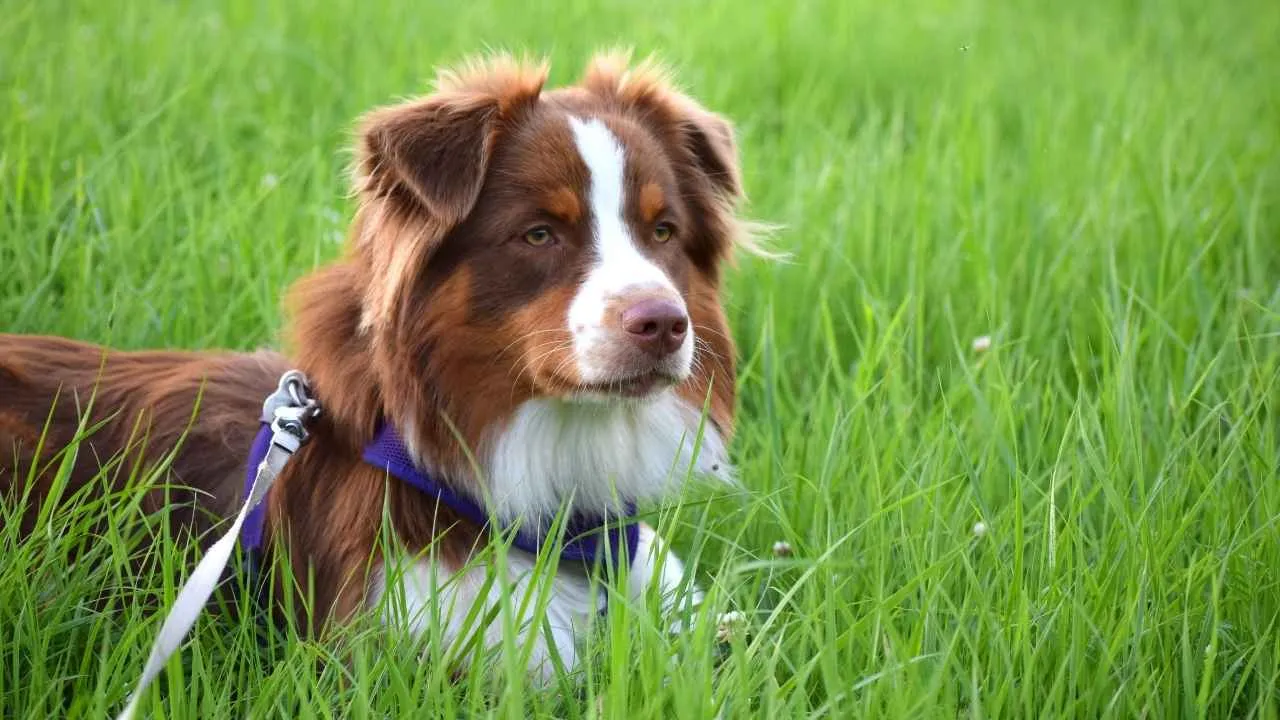
The Australian Shepherd is a hardworking herding breed closely tied to cowboy culture in the United States. Originally perfected in California, these dogs became favorites on ranches and rodeo circuits.
These working dogs are intelligent, athletic, and driven, with a sharp gaze and a natural instinct to herd. Aussies are known for their beautiful coats, often seen in striking merle patterns.
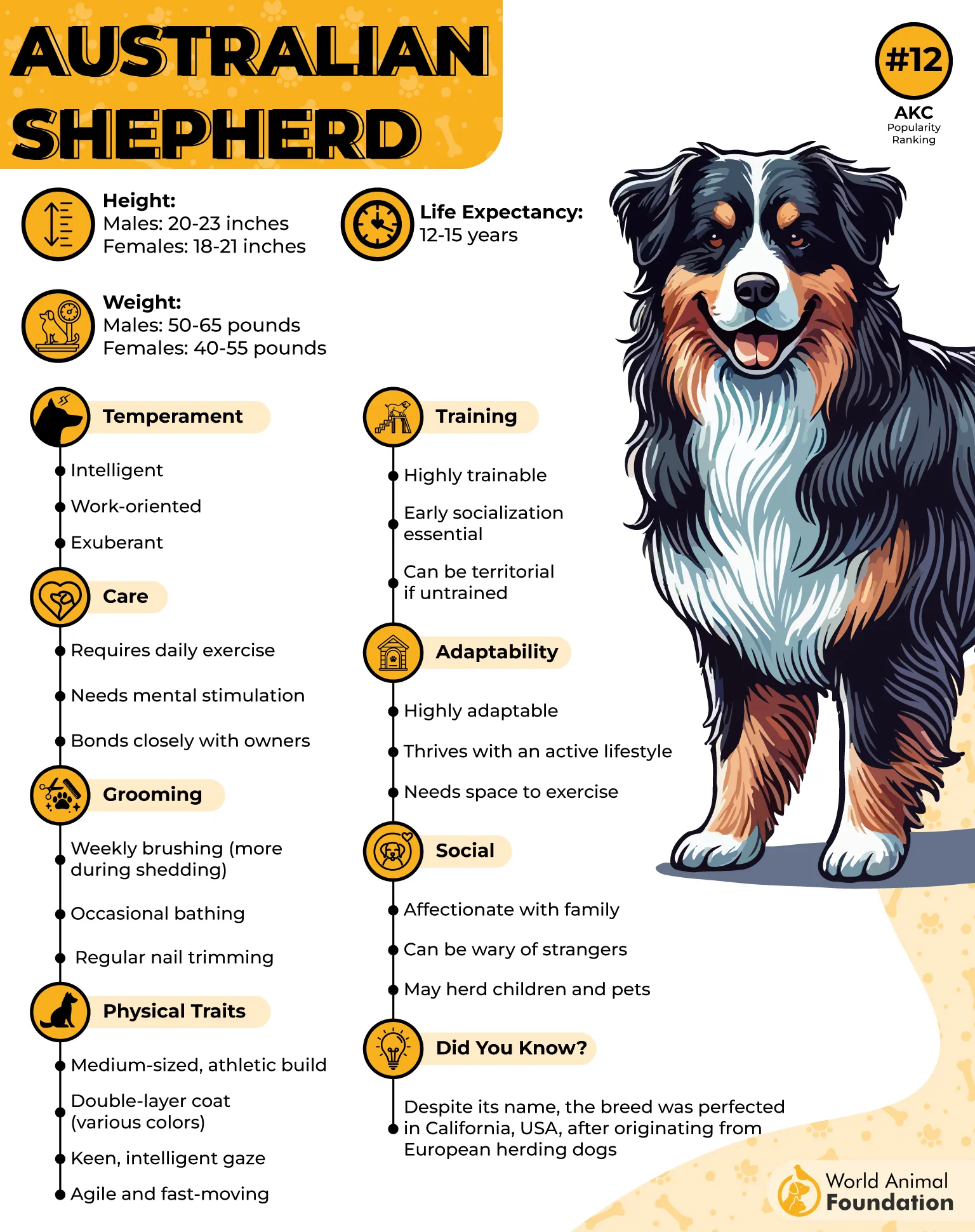
High Energy and Strong Instincts
Aussies need daily physical activity and mental challenges. Without enough exercise, their energy often turns into destructive behavior. They love to herd and may try to corral children, pets, or even birds.
This can include nipping at heels, which makes them a poor match for households with small kids. Their intelligence also makes them harder to train since they can easily outsmart inexperienced owners.
Not for Busy or Inactive Homes
This breed thrives when given a job, whether it’s herding, agility, or other active work. They are best for owners who can dedicate time and attention to keep them occupied.
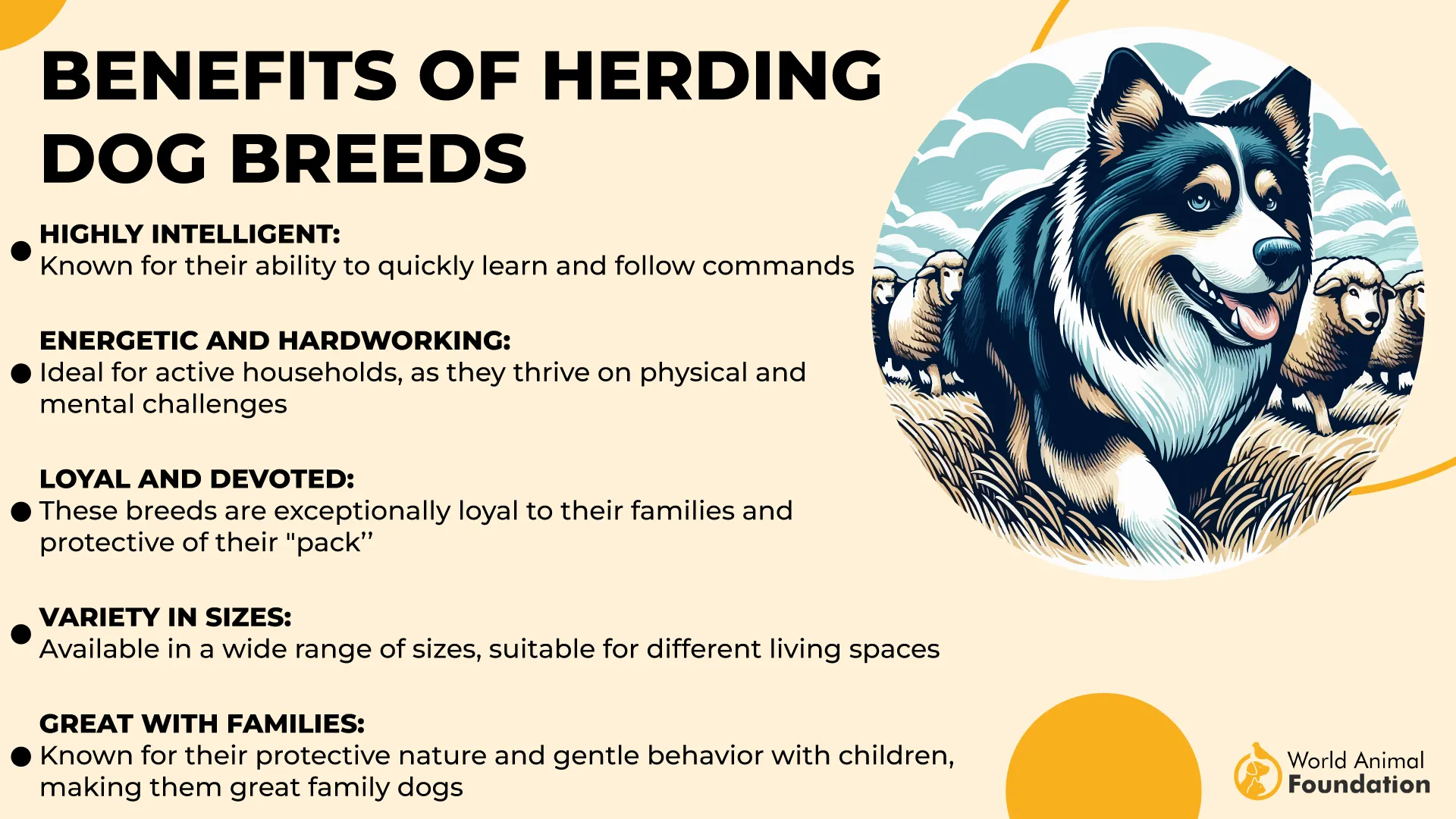
Families with older children who can play for hours make a better fit than households with little ones. Without proper stimulation and extensive training, Aussies quickly become restless, demanding, and too much for a sedentary lifestyle.
Key Traits:
Intelligent and quick-thinking
Require daily exercise and mental work
Strong herding instincts may nip at kids
Best suited for active families or experienced owners
4. Labrador Retriever
Labrador Retrievers are among the most popular family dogs thanks to their playful and affectionate nature. Originally bred as hunting dogs, they are athletic, strong, and built for stamina.
PetMD mentions that Labs are known for their love of water, making them excellent swimming companions and enthusiastic outdoor partners.
High Energy and Challenging Walks
These dogs have endless enthusiasm and require plenty of exercise to stay balanced. A simple daily walk is rarely enough for them. Labs are powerful and may pull on the leash, especially when chasing scents or spotting other animals.
They are also easily distracted, often wanting to greet every person or dog they meet. Without proper exercise, they can become restless and turn to chewing, digging, or other destructive behaviors.
Not Ideal for Less Active Owners
Labradors thrive in active households where they can join in outdoor activities and get constant interaction. While they are friendly and trusting, their size and energy can make them quite a handful for less active and new owners or families with small children.
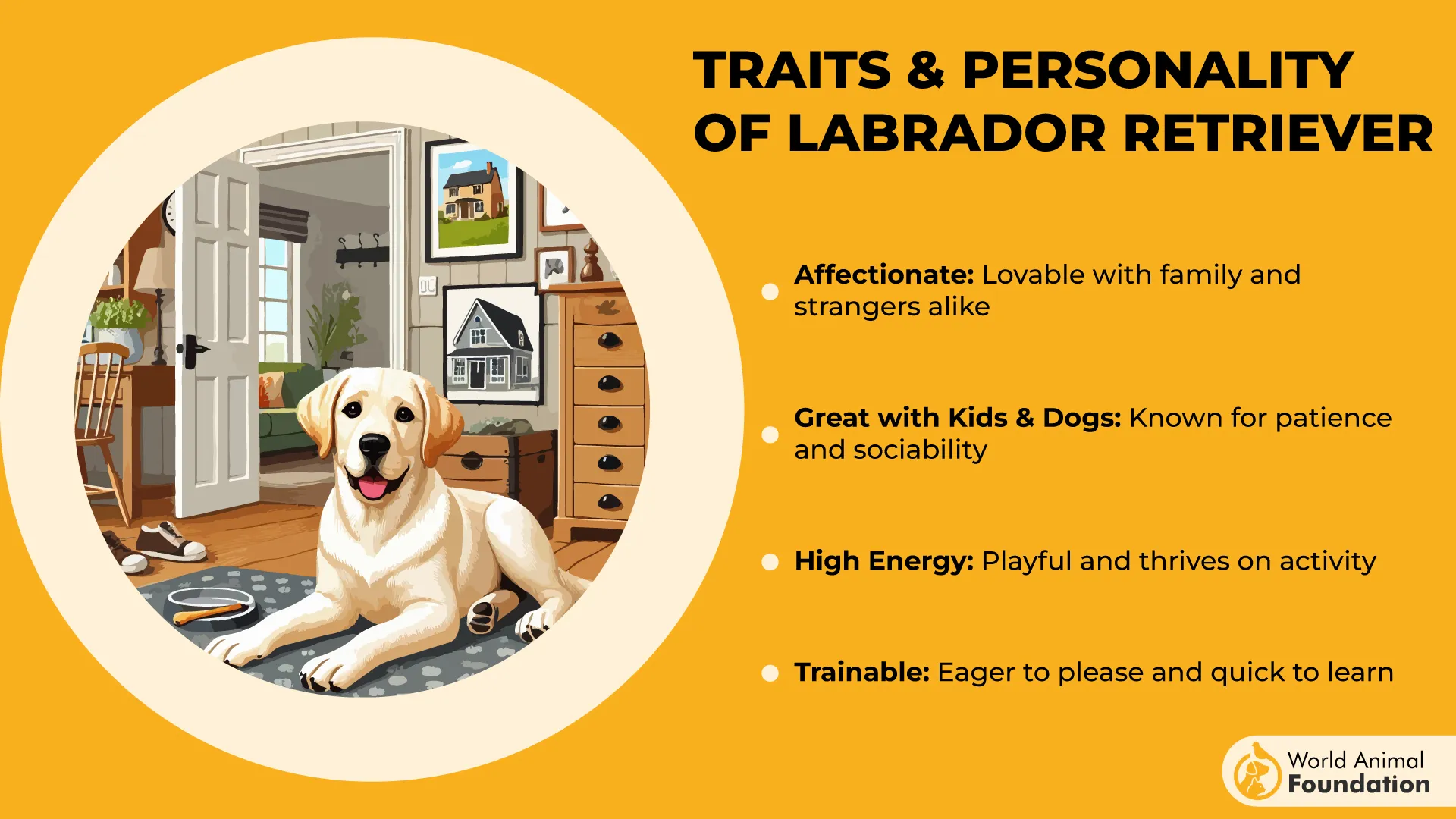
Though not naturally aggressive, their strength means they can knock people over or cause harm by accident. They need patient training, consistent exercise, and plenty of space to shine.
Key Traits:
Energetic and playful
Strong prey drive and leash pulling
Need lots of exercise and consistent training
Friendly but can overwhelm less active owners
5. Dalmatian
The Dalmatian is one of the most recognizable dogs in the world, thanks to its unique spots and roles in history. Once used to run alongside horse-drawn carriages and fire engines, this breed was built for speed and endurance.
While loyal and affectionate, Dalmatians are not always the calm family dogs many expect after seeing them in movies like 101 Dalmatians.
High Energy and Demanding Needs
These dogs are full of energy and require plenty of exercise to stay happy. Without enough activity, they may bark excessively, chew, or become destructive.
Dalmatians are independent thinkers with a stubborn streak, which makes training more challenging for first-time pet parents. Despite their short coats, they shed heavily and need regular grooming.
Not Ideal for Inexperienced Owners
Dalmatians are smart but need consistent guidance, often requiring many repetitions to learn commands. They do best with active families who can give them exercise and mental challenges every day.
They are also prone to certain health issues, including deafness and urinary problems, which add extra responsibility. While they are loyal and loving, Dalmatians are best suited for dog lovers who can keep up with their energy and care needs.
Key Traits:
Athletic and bred for endurance
High energy and easily bored
Stubborn, needs patient training
Heavy shedders with some health risks
6. Weimaraner
The Weimaraner is an elegant dog with a sleek silver coat and bright, intelligent eyes. Originally bred in Germany to hunt big game, they are powerful, athletic, and full of energy. While beautiful and loyal, this breed is not an easy fit for first-time or inactive owners.
Endless Energy and Demanding Needs
According to PDSA, Weimaraners require at least 2 hours of exercise every day. Walks, runs, and active play are essential to keep them balanced.
Without enough activity, they can become destructive, showing behaviors like chewing, digging, or counter-surfing. They also suffer from separation anxiety if left alone too long, making them a challenge for busy households.
Not the Best for Beginners
These dogs are intelligent but stubborn, which makes training tricky for inexperienced owners. Their strong prey drive means they may chase small animals and even play too roughly with children.
They thrive in structured homes with routines, mental stimulation, and plenty of outdoor time. For active and experienced families, they make devoted companions, but for others, they may be too much to handle.
Key Traits:
Elegant and energetic hunting breed
Need 2+ hours of daily exercise
Can be destructive if bored
Strong prey drive and stubborn streak
7. Beagle
Beagles are one of the most popular hound breeds, loved for their cheerful nature and adorable looks. With their floppy ears and expressive eyes, they are often described as “merry” dogs. Originally bred to hunt in packs, Beagles are social, loyal, and happiest when they have company.
Strong Nose, Strong Instincts
These dogs are ruled by their noses. Their powerful sense of smell makes them excellent trackers, but it also makes them difficult to control on walks.
Beagles often pull, zigzag, or chase scents, ignoring commands in their excitement. Their loud baying howl can add to the challenge, as they bark at other dogs, people, or anything interesting they find.
A Challenge for Relaxed Owners
Beagles need frequent exercise and mental stimulation. Without it, they may become destructive, chewing, digging, or trying to escape.
They are also stubborn and can be tough to train, requiring patience and consistency. While playful and loving, Beagles are not the best breed for people who prefer a quiet, low-maintenance lifestyle.
Key Traits:
Curious and scent-driven
Loud baying and frequent barking
Require lots of exercise and stimulation
Stubborn and hard to leash-train
Conclusion
Choosing the right companion is a big responsibility, and while there are no truly “bad” pets, the worst dog breeds for your lifestyle can quickly lead to frustration. Some pet owners underestimate how much exercise, training, or attention certain breeds really need.
This mismatch often leads to unwanted behaviors or even dog bites, especially if the dog wasn’t trained from a young age. While some breeds make excellent guard dogs, others simply don’t fit into every household.
Understanding that most dogs require structure, patience, and consistency is absolutely essential for harmony between pets and humans. Families with puppies must be prepared for constant care, while senior citizens may struggle with dogs that develop health problems or need endless exercise once fully grown.
In the end, every dog has unique needs, and the happiest matches come when people choose with honesty, patience, and long-term commitment in mind.
Apart from the ones mentioned above, there are other breeds as well that you should avoid if you don’t like walking them. These include the Rottweiler, Akita, Pit Bull, Belgian Malinois, and Cane Corso.


